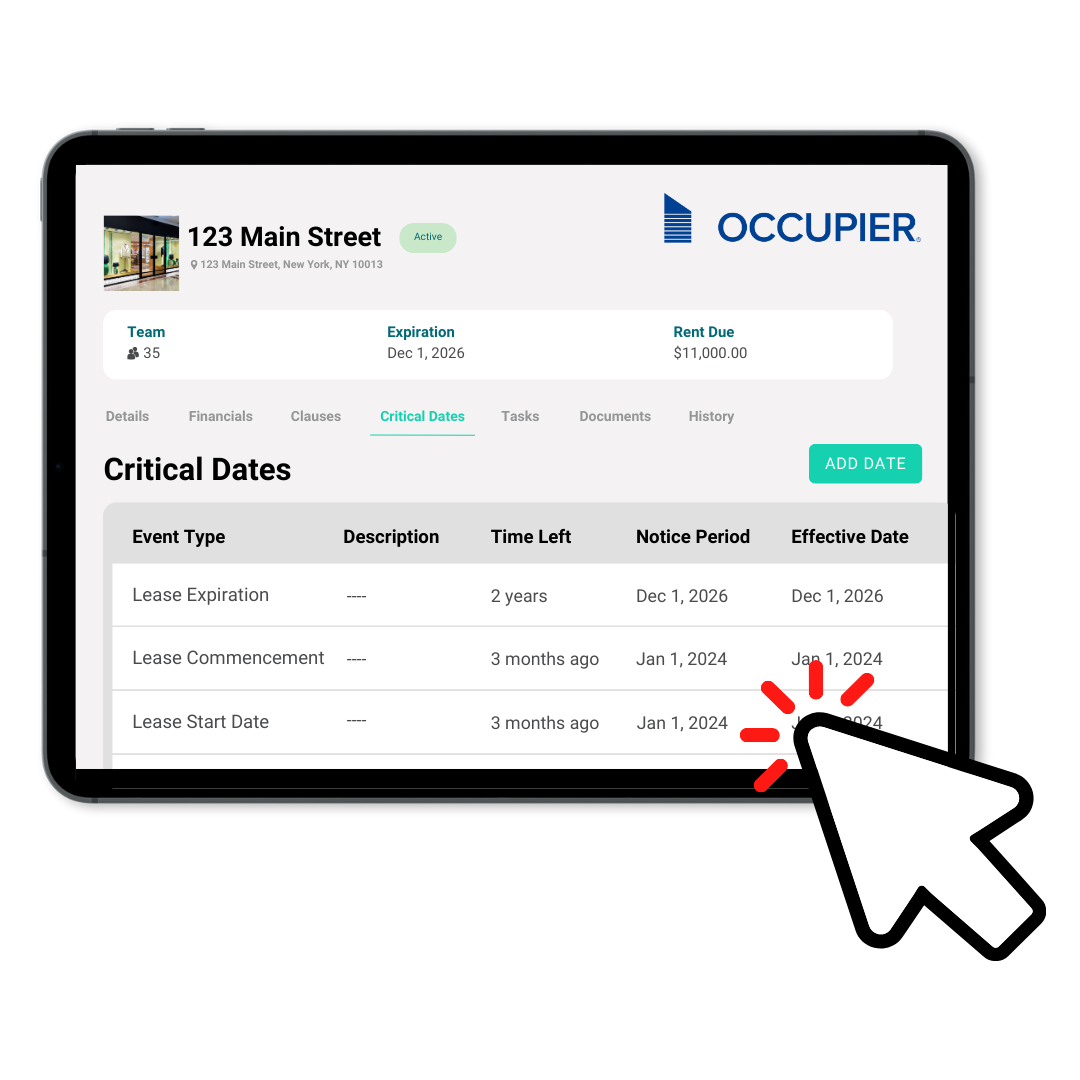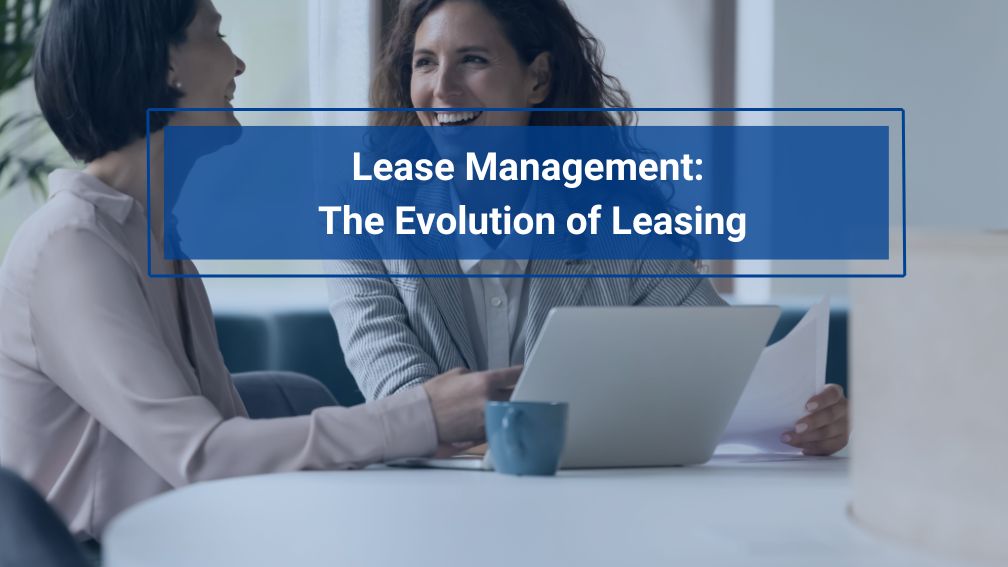The Evolution of Leasing Workflows
Last Updated on August 12, 2024 by Morgan Beard
The way organizations approach leasing has undergone a significant transformation. Real estate operations teams are navigating the evolution of leasing changes firsthand. The traditional lease management process, once characterized by repetitive, manual tasks, and rigid terms, is evolving to meet the demands of a more flexible and technology-driven world.
This evolution of leasing workflows is unfolding right before our eyes — it is not just about adopting new tools; it’s about reimagining how we approach workspace strategy and space usages.
The Traditional Leasing Process
Historically, the commercial leasing process was a linear, time-consuming affair. It typically involved multiple stakeholders, from real estate brokers to legal teams, and often resulted in long-term commitments that offered little flexibility. The workflow usually followed a predictable pattern:
- Identifying space requirements
- Searching for suitable properties
- Negotiating lease terms
- Legal review and approval
- Lease execution
- Manual & legacy lease management and compliance
This traditional approach, while structured, often lacked the agility needed in today’s fast-paced climate. It could take months to finalize a lease, and once signed, organizations were typically locked into terms that might not align with future needs. The evolution of leasing has been accelerated by technology, the desire for flexibility and and the growing emphasis on data-driven decision-making.
The Impact of Technology on Leasing Workflows
The digital revolution has significantly impacted every aspect of business operations, and leasing workflows are no exception. Technology has streamlined processes, improved communication, and provided unprecedented access to data and analytics. Here’s how technology is reshaping leasing workflows:
- Flexible or short-term leasing: Flexible leases provide the agility to relocate, resize, or even reconfigure spaces as organizations grow or restructure.
- Virtual property tours: 3D walkthroughs and virtual reality tours allow decision-makers to explore potential spaces without physical visits, saving time and resources.
- AI-powered lease abstraction: AI can rapidly extract and categorize key information from lease documents, significantly reducing manual effort.
- Digital document management: Cloud-based platforms enable real-time collaboration on lease documents, speeding up negotiations and approvals.
- Automated compliance checks: Software can now automatically flag potential compliance issues, reducing legal risks.
These technological advancements have not only accelerated the leasing process but have also improved decision-making by providing access to more comprehensive data and analytics.
The Rise of Centralized Lease Management Solutions
One of the most significant developments in leasing workflows is the adoption of centralized lease management solutions. These platforms offer a range of benefits that address the challenges of modern leasing:
Reducing Administrative Burden
Centralized lease management systems automate many of the tedious tasks associated with lease administration. From rent payment reminders to expiration date tracking, these solutions free up valuable time for strategic activities. According to the 2024 Commercial Real Estate Report from Deloitte, nearly 60% surveyed say their firms lack the data, processes, and internal controls necessary to meet compliance standards. A centralized system can help prevent such risky and costly mistakes.
Data-Driven Decision-Making
With all lease data in one place, organizations can gain valuable insights into their real estate portfolio. This data-driven approach enables more informed decisions about space utilization, cost optimization, and future leasing strategies. For instance, the Deloitte Report found that 73% of enterprise data across real estate operator’s industries goes unused due to usage of legacy technology. More flexible leases and short-term planning requires quick access to accurate data, which centralized systems provide.
Enhancing Collaboration
Modern lease management platforms facilitate better collaboration between different departments involved in the leasing process. From finance and accounting teams managing ASC 842 or IFRS accounting compliance to facilities managers planning space utilization, or construction teams planning build out — a centralized system ensures everyone is working with the same, up-to-date information.
The Evolution of Leasing Workflows
As we look to the future, several trends are likely to shape leasing workflows:
- Increased flexibility: The pandemic has accelerated the demand for flexible lease terms. The Deloitte study found that 43% of real estate executives identified flexible workday schedules as an integral piece of their real estate strategy.
- Focus on employee experience: With the rise of remote and hybrid work, 46% of surveyed senior real estate executives believe that shared desks or bookable offices provide the best office environment. Future leasing workflows will likely incorporate tools to manage these flexible spaces efficiently.
- Integration of ESG considerations: Although 99% of senior real estate executives believe it’s important for future leases to help reduce their company’s carbon footprint, 95% of companies still don’t have a fully established ESG program. Future leasing workflows will likely incorporate sustainability metrics and reporting tools to address this gap.
- AI and predictive analytics: As AI technology advances, we can expect leasing workflows to become more predictive, helping organizations anticipate future space needs and market trends.
- Blockchain for lease transactions: While still in its early stages, blockchain technology has the potential to revolutionize lease transactions by providing a secure, transparent way to record and verify lease agreements.
As a real estate leader, staying ahead of these trends is crucial. Embracing modern leasing workflows isn’t just about efficiency; it’s about positioning your organization to thrive in an increasingly evolving
The evolution of leasing workflows reflects broader changes in how we work and do business. By leveraging technology, embracing flexibility, and focusing on data-driven decision-making, organizations can turn their real estate portfolios from cost centers into strategic assets. As you navigate this changing landscape, consider how modernizing your leasing workflows can help your organization adapt, grow, and succeed in the years to come.

Product Tour
Take a self-guided tour and see how the fastest-growing commercial tenants leverage Occupier for lease management & lease accounting.
